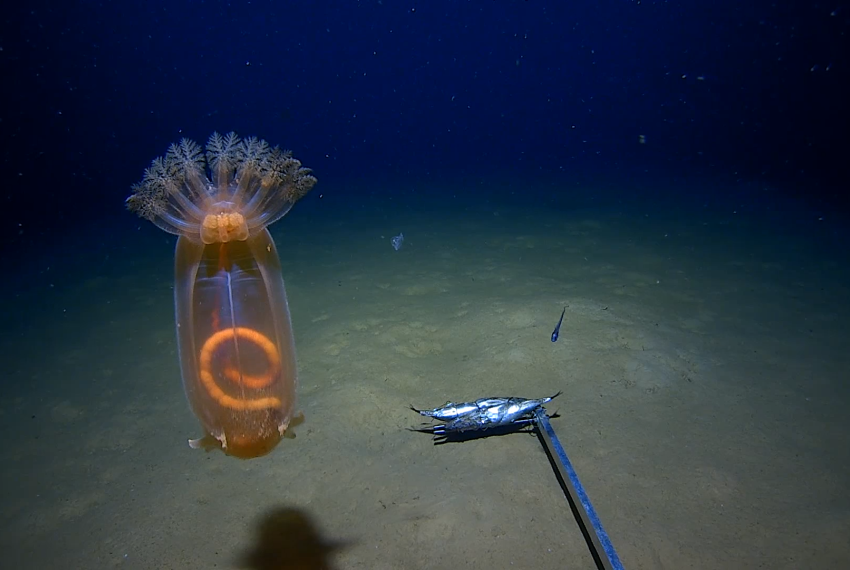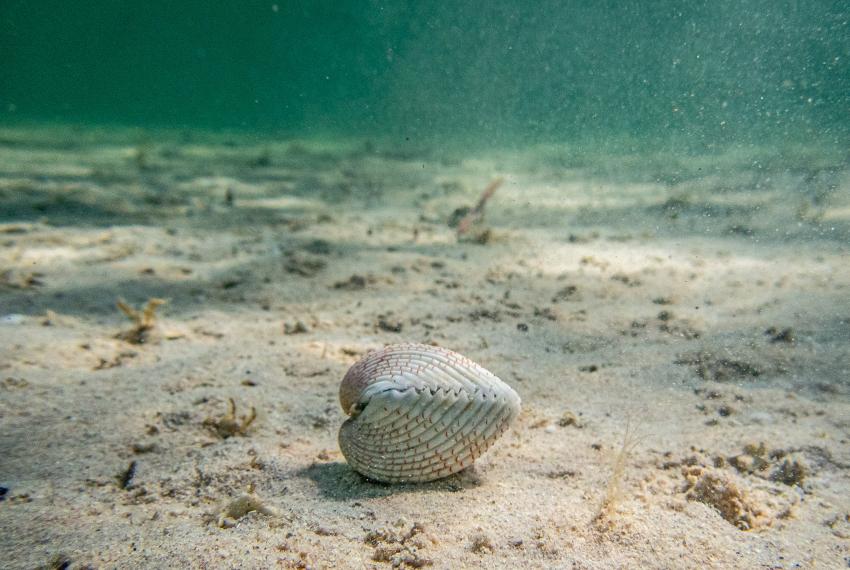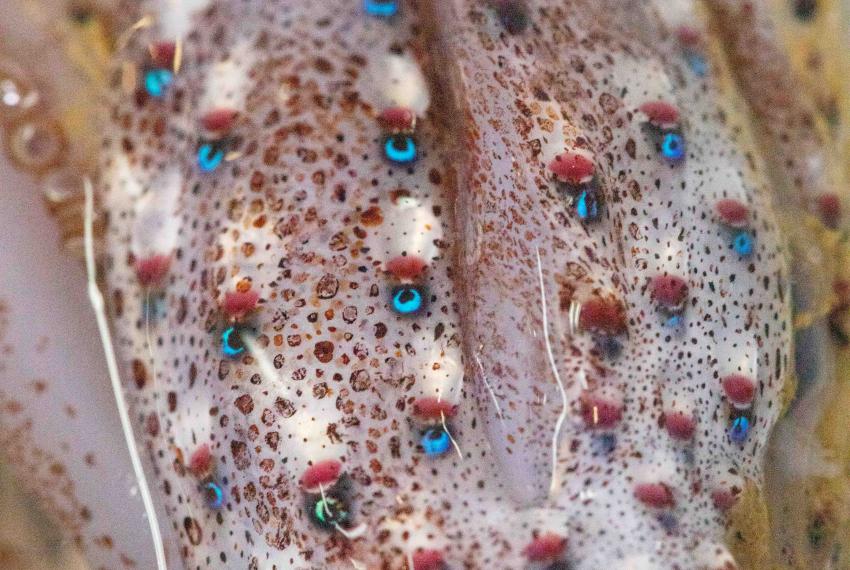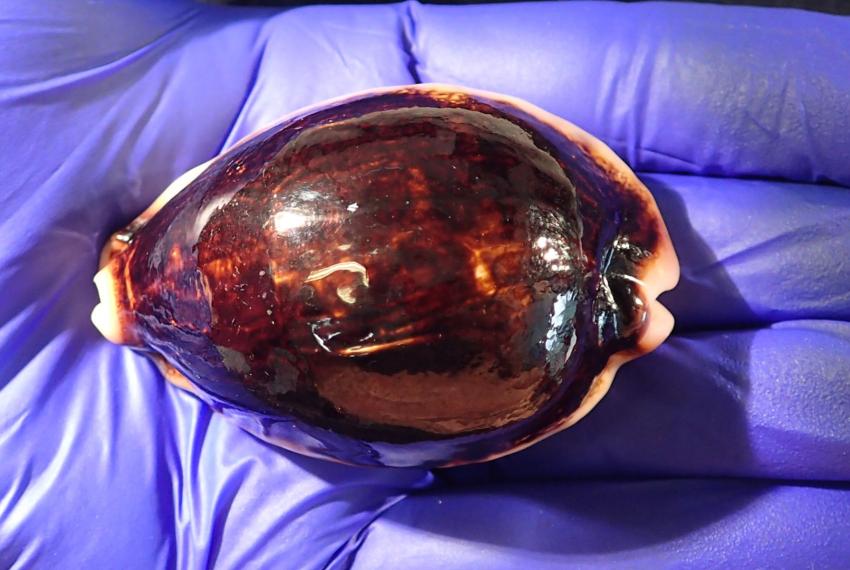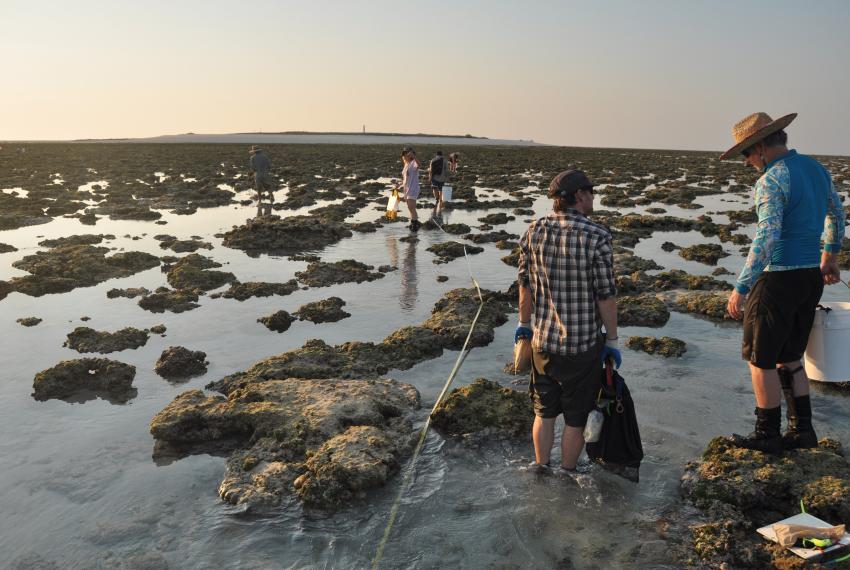Australia’s marine parks are home to some of the world’s most breathtaking and mysterious ecosystems. Now, a new exhibition, Exploring WA’s Deep Sea, offers an unprecedented look into their hidden wonders, on display at the WA Shipwrecks Museum until 23 March.
A collaborative research project between scientists from the WA Museum and University of Colorado Boulder (UCB) into marine bivalves is taking centre stage this World Ocean Day.
Coral reefs in the Kimberley region of northwest Western Australia are home to substantially greater coral diversity than first thought a new Western Australian Museum study finds.
For most of the Western Australian Museum’s Aquatic Zoology team, a recent expedition to Gascoyne Marine Park delivered a treasure trove of weird and wonderful creatures from depths of up to 5000m below sea level.
Have you ever wondered what interesting facts slimy aquatic snails and underwater creatures can tell us about the world they live in?
Also known as “molluscs”, these gastropods are the second largest phylum (or group) of invertebrate animals in the world.
In a generous act of philanthropy, an incredibly rare and valuable black cowrie shell found in Western Australian waters was recently gifted to the Western Australian Museum’s Aquatic Zoology department.
Beachcombers, divers, swimmers and anglers are being asked to help the Western Australian Museum find examples of a very rare marine sponge, Agelas axifera, known only to the Champion Bay area in Geraldton.
- 22 video clips featuring unique marine life of the Kimberley
- Videos are a day-by-day account of scientists working in the field
- Eight-year project has so far discovered 79 new species and genera
The secret world of seahorses will be revealed in the next In the Wild West lecture at the Western Australian Museum - Geraldton on November 15 and 16, 2012.
- Opening of new facility a significant milestone for WA Museum
- $1.6million provided by Rio Tinto Iron Ore in 2010 for development of lab
- Research projects include discovery and characterisation of new species
